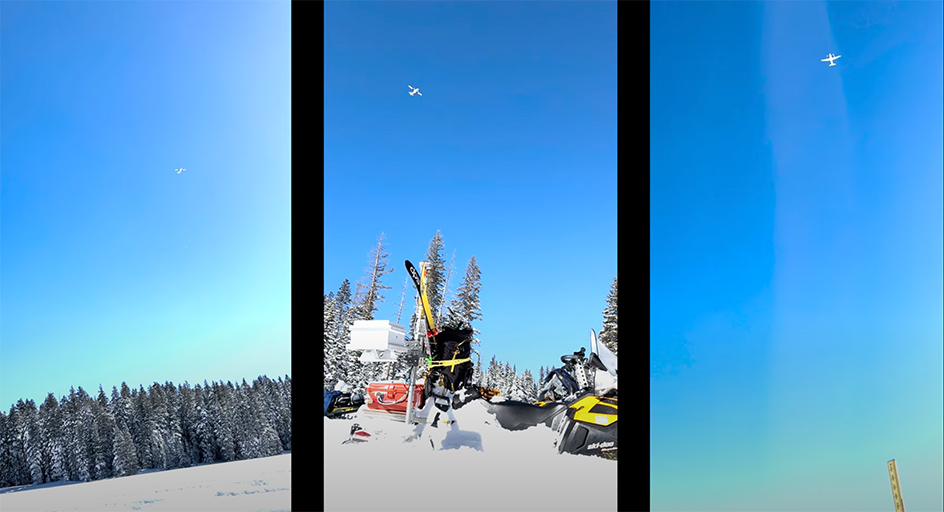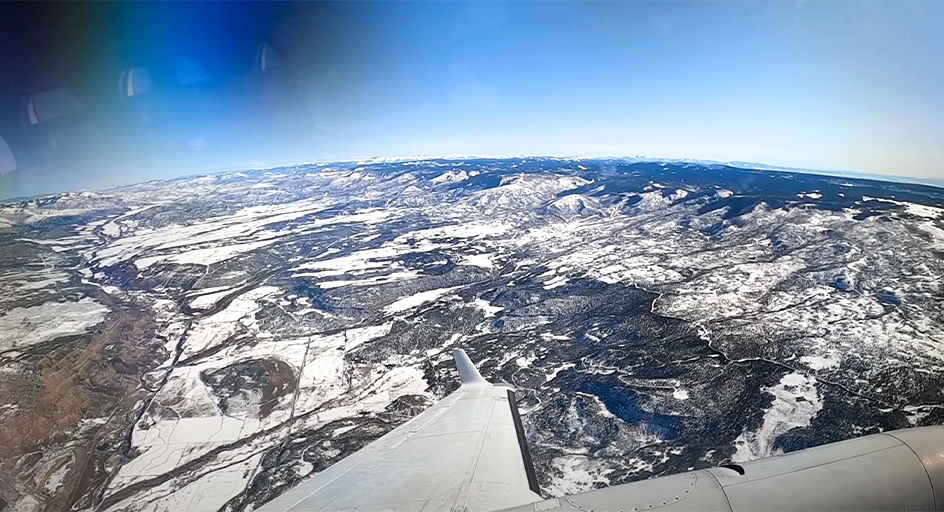Seasonal snowmelt is an invaluable resource; it provides the water supply to over 1 billion people on earth. NASA has made it a mission to measure snowmelt to better understand how it contributes to our water reserves. A key instrument used to achieve that mission is NASA's own B200 King Air.
In two recent deployments in February and March, NASA teams from NASA Armstrong Flight Research Center flew the B200 retrofitted with a specially designed radar created by scientists at NASA's Jet Propulsion Laboratory in Pasadena, California.

B200 measuring snowmelt (Image: NASA)
Named the Signals of opportunity Synthetic Aperture Radar (SoOpSAR), the radar uses radio signals to collect detailed data on the snow that melts from the mountains. The data collected is studied by NASA to understand how the melt is contributing to the water supply.
The King Air was temporarily stationed at NASA’s Ames Research Center in California’s Silicon Valley and the Montrose Regional Airport in Montrose, Colo. to fly the aircraft over regions that snow accumulates.

NASA's B200 flies above snowmelt (Image: NASA)
Multiple teams work together on the project including maintenance and quality assurance crews, operations and safety engineers, pilots, project management and more. Employees at NASA's Armstrong Flight Research Center, NASA's Ames Research Center, and the aforementioned NASA's Jet Propulsion Laboratory work together to complete the mission.
NASA has published a video further detailing the snowmelt mission:
NASA’s B200 King Air serves as a testbed for various research projects and is flown for a range of mission support activities: check out our article where the B200 was used to study ocean eddies.
(Banner image, article information - NASA)

